Communities
Art X Stacks - Communities
The artworks on Level 9 of the library give us a glimpse of life in the past, whether it is kampong living or shopping at the street markets. The following resources will shed more light on how various communities made their homes in Singapore and developed different lifestyles and cultural practices. In this section, we will also hear the perspectives of various communities, either through oral history interviews or through songs and poems.
Contents
- Books
- BiblioAsia articles
- Infopedia articles
- Spotlight: Oral History Interviews
- Spotlight: National Online Repository of the Arts (NORA)
- Spotlight: Government Records
- Spotlight: Singapore Literary Arts Collection
Books
| Book | Description |
|---|---|
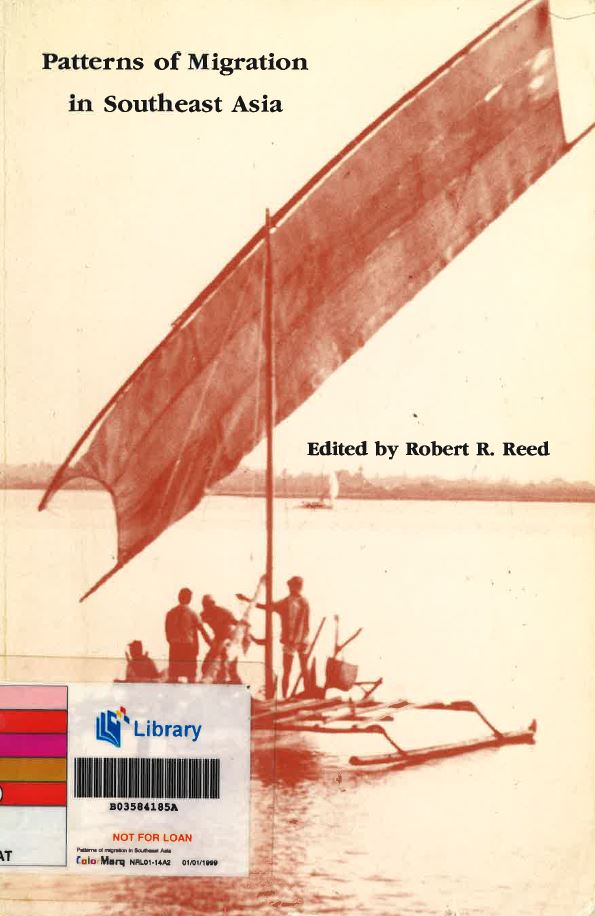 |
Reed, Robert R. Patterns of Migration in Southeast Asia. California: Centres for South and Southeast Asia Studies, International and Area Studies, University of California, 1990. Taking a broad view of migration patterns in Southeast Asia, this book comprises papers studying the movement of peoples to, from and within the region. |
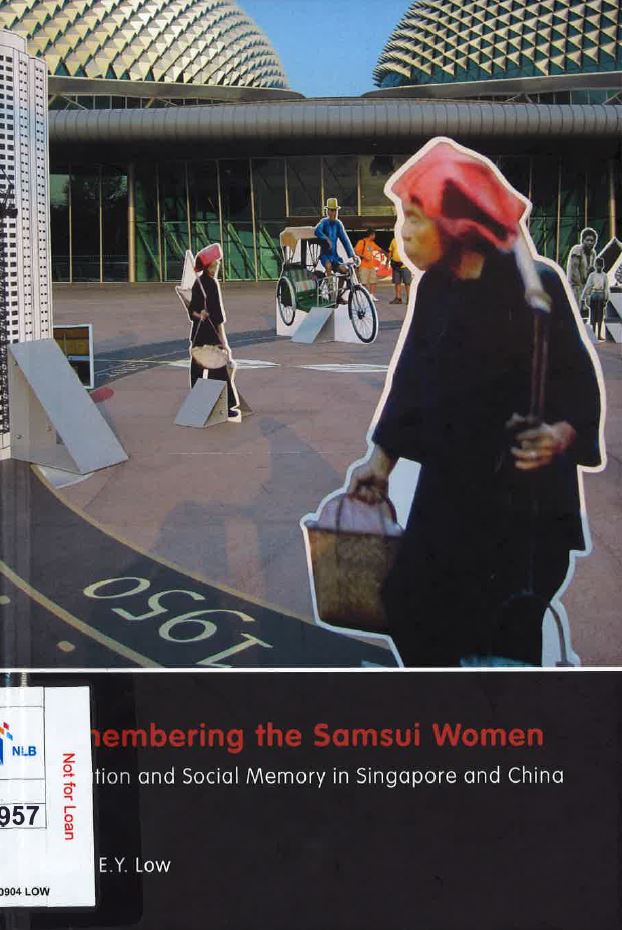 |
Low, Kevin E.Y. Remembering the Samsui Women: Migration and Social Memory in Singapore and China. Singapore: NUS Press, 2015. This book focuses on the experiences of the samsui women who migrated to Singapore from China, situating discussions within the fields of social memory and migration studies. |
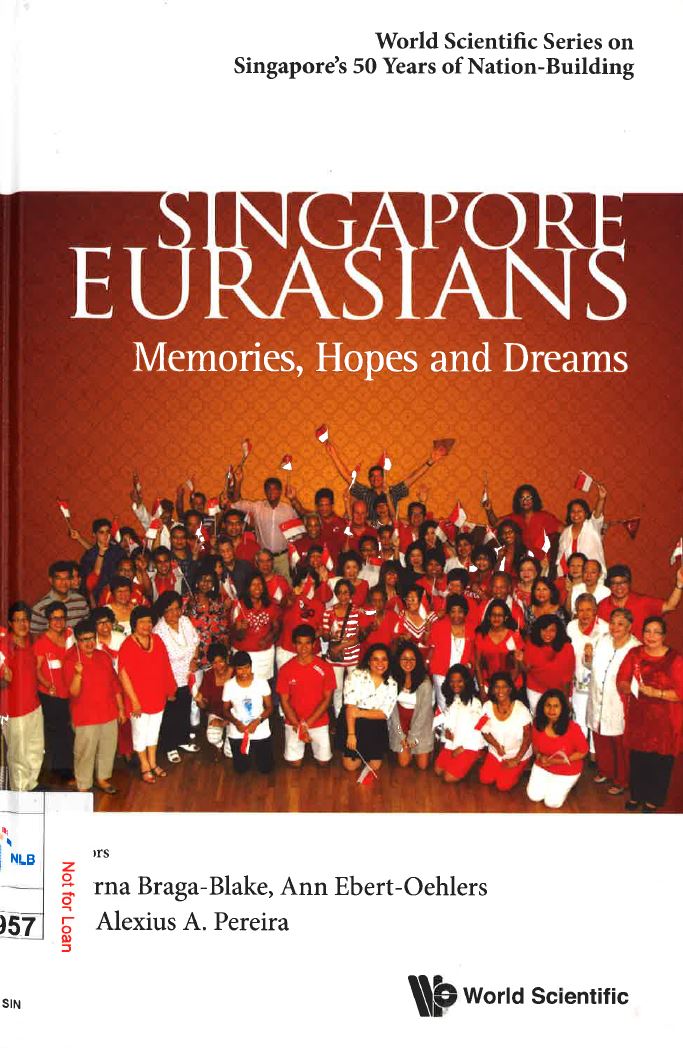 |
Braga-Blake, Myrna, Ann Ebert Oehlers, and Alexius A. Pereira, eds. Singapore Eurasians: Memories, Hopes and Dreams. Singapore: World Scientific Publishing, 2017. The collection of writings in this book looks at the growth, development and history of the Eurasian community in Singapore, covering various aspects of social life, as well as the community’s achievements and hopes for the future. |
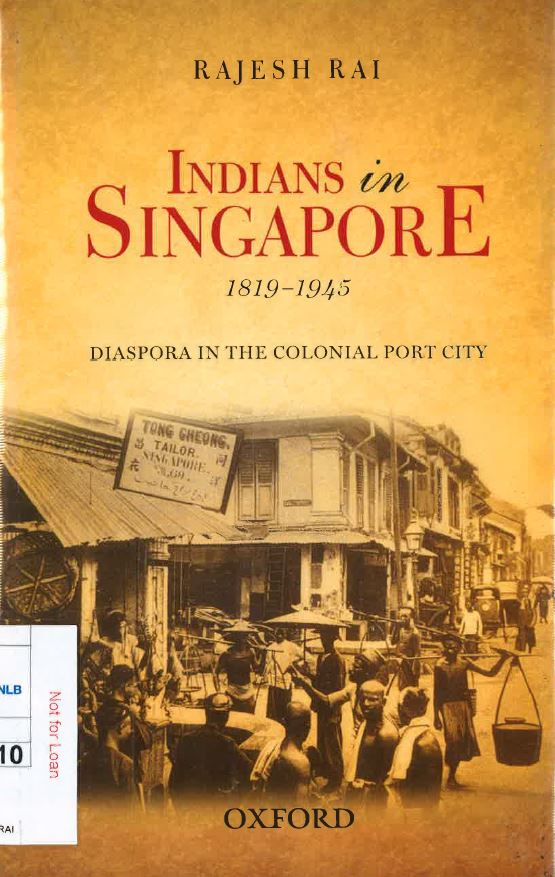 |
Rai, Rajesh. Indians in Singapore, 1819-1945: Diaspora in the Colonial Port City. New Delhi: Oxford University Press, 2014. Covering the period from 1819 to 1945, this research traces the formation and development of the Indian diaspora in Singapore and explores their journey from colonial rule to the end of the Japanese Occupation. |
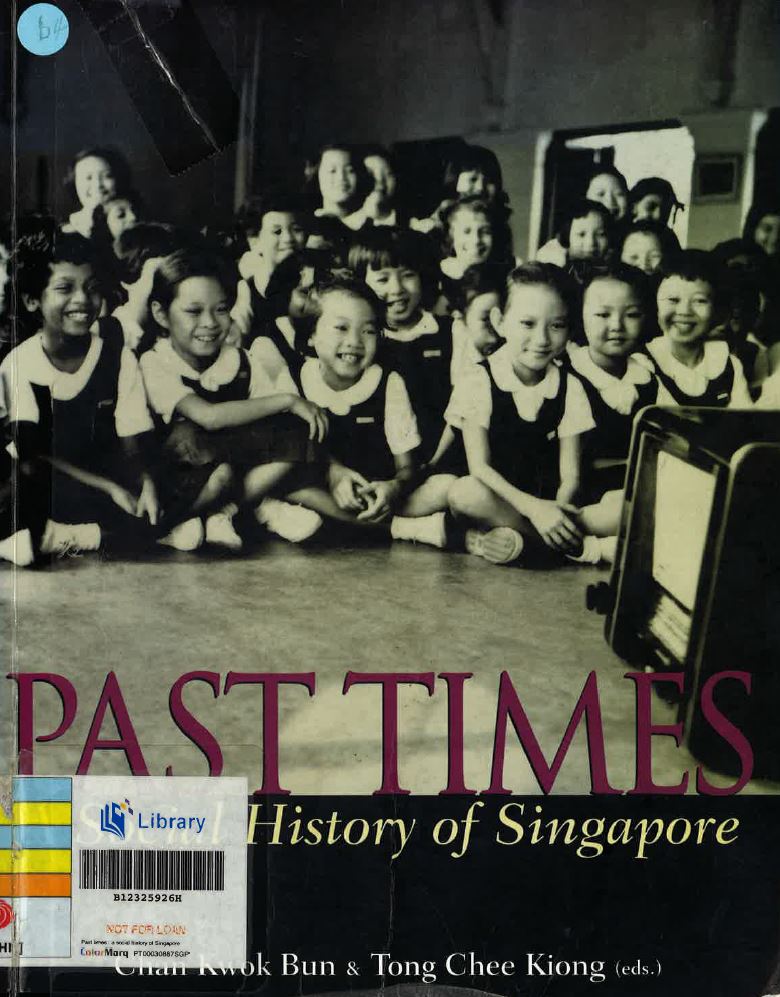 |
Chan, Kwok Bun, and Tong Chee Kiong, eds. Past Times: A Social History of Singapore. Singapore: Times Editions, 2003. Featuring more than 150 photographs from public and private collections, this book explores different facets of Singapore’s social history, including sports, entertainment and food. |
 |
Lo-Ang, Siew Ghim, and Chua Chee Huan, eds. Vanishing Trades of Singapore. Singapore: Oral History Department, 1992. Occupations such as glove puppeteer, charcoal dealer and letter writers may be unfamiliar to contemporary society, but through documentation such as the one undertaken in this book, we are able to hear the stories of craftsmen engaged in such work. |
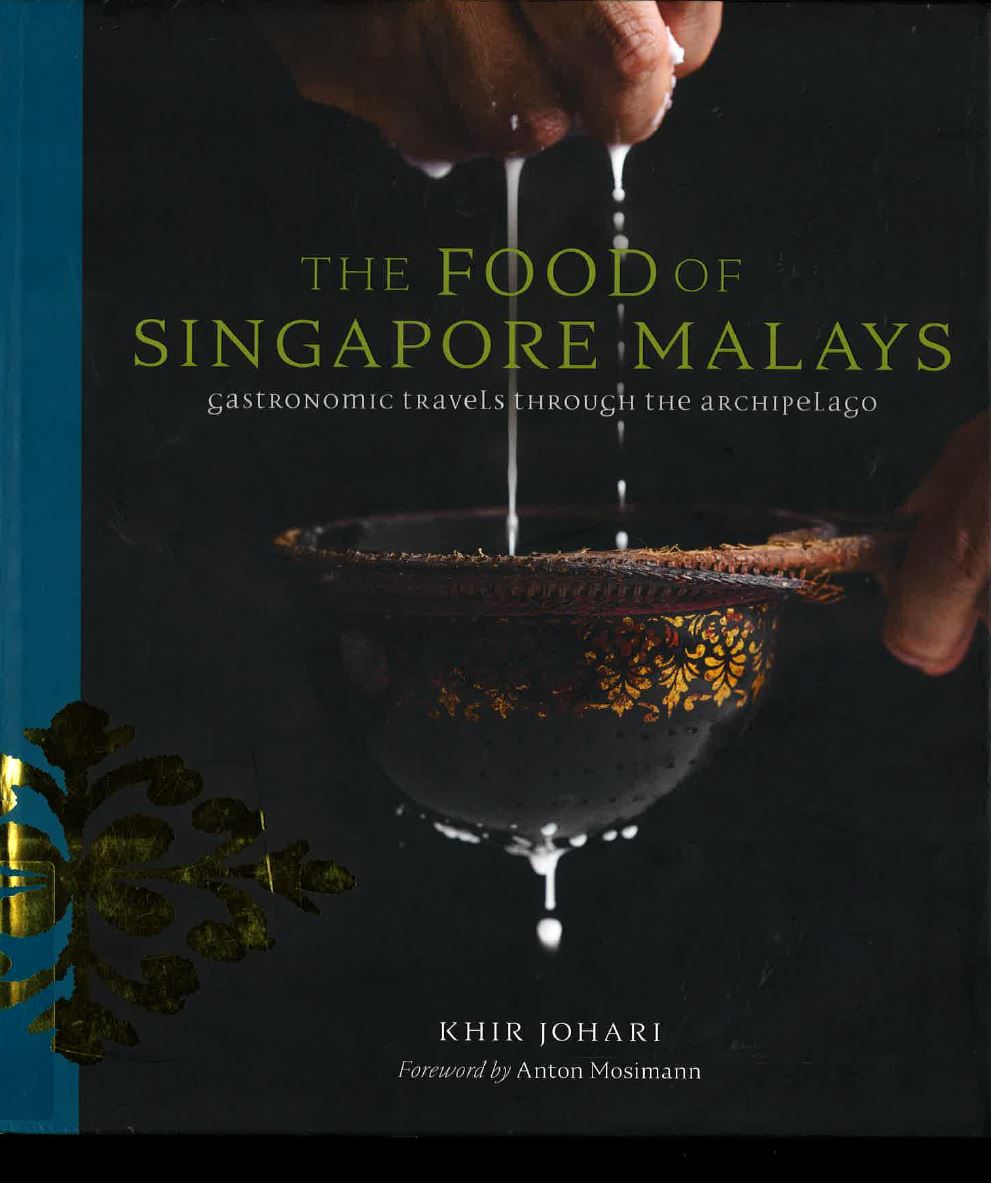 |
Khir Johari. The Food of Singapore Malays: Gastronomic Travels through the Archipelago.. Singapore: Marshall Cavendish Editions, 2021. This comprehensive tome is not just a cookbook, as it explores the culinary and social history of the region, and how food is interconnected with history, worldviews and cultural identity. Packed with photographs, recipes and research covering 7th century Srivijaya to 21st century Singapore, this book will delight everyone with an affinity for food. |
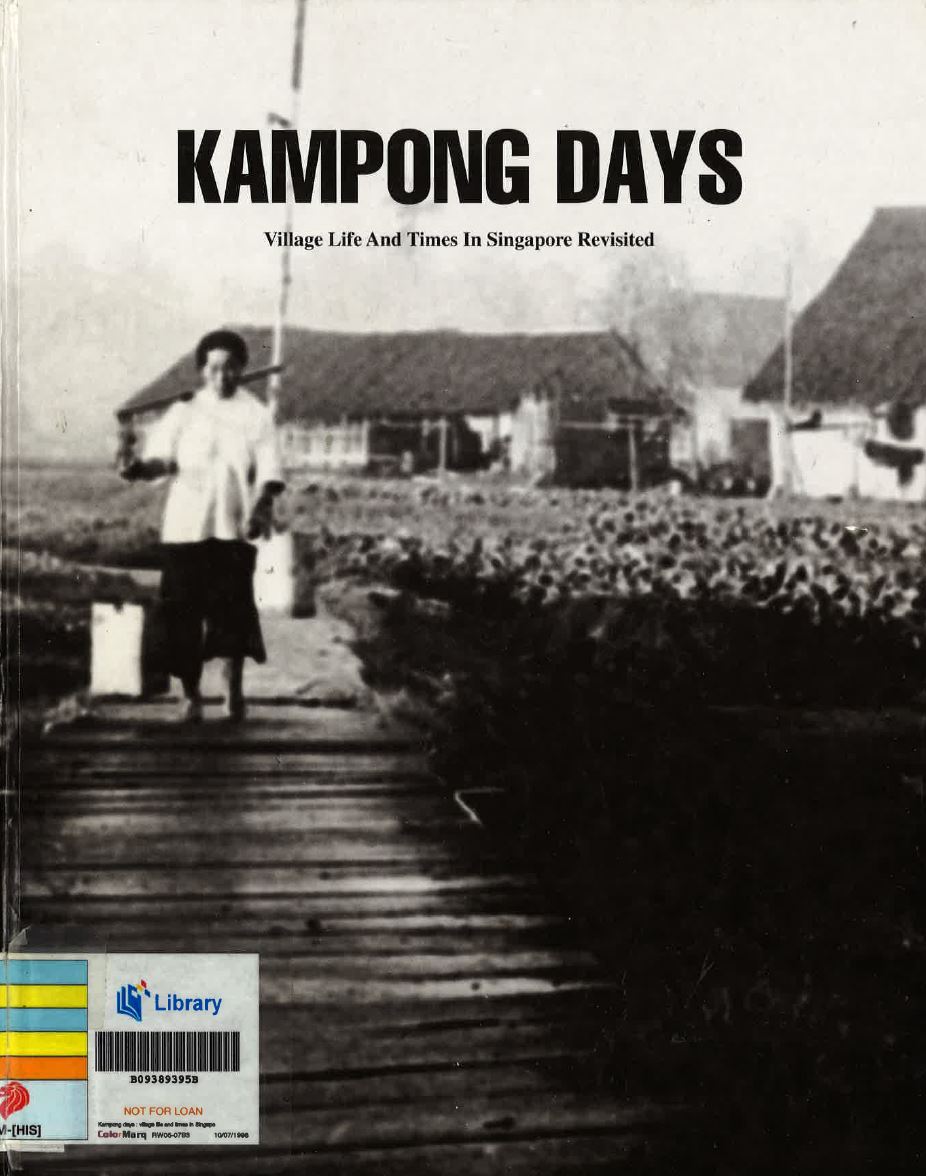 |
Kampong Days: Village Life and Times in Singapore Revisited. Singapore: National Archives, 1993. This book provides a brief introduction to the history of kampongs in Singapore and the types of kampong dwellings, as seen through the perspectives of various individuals such as housewives and working adults. |
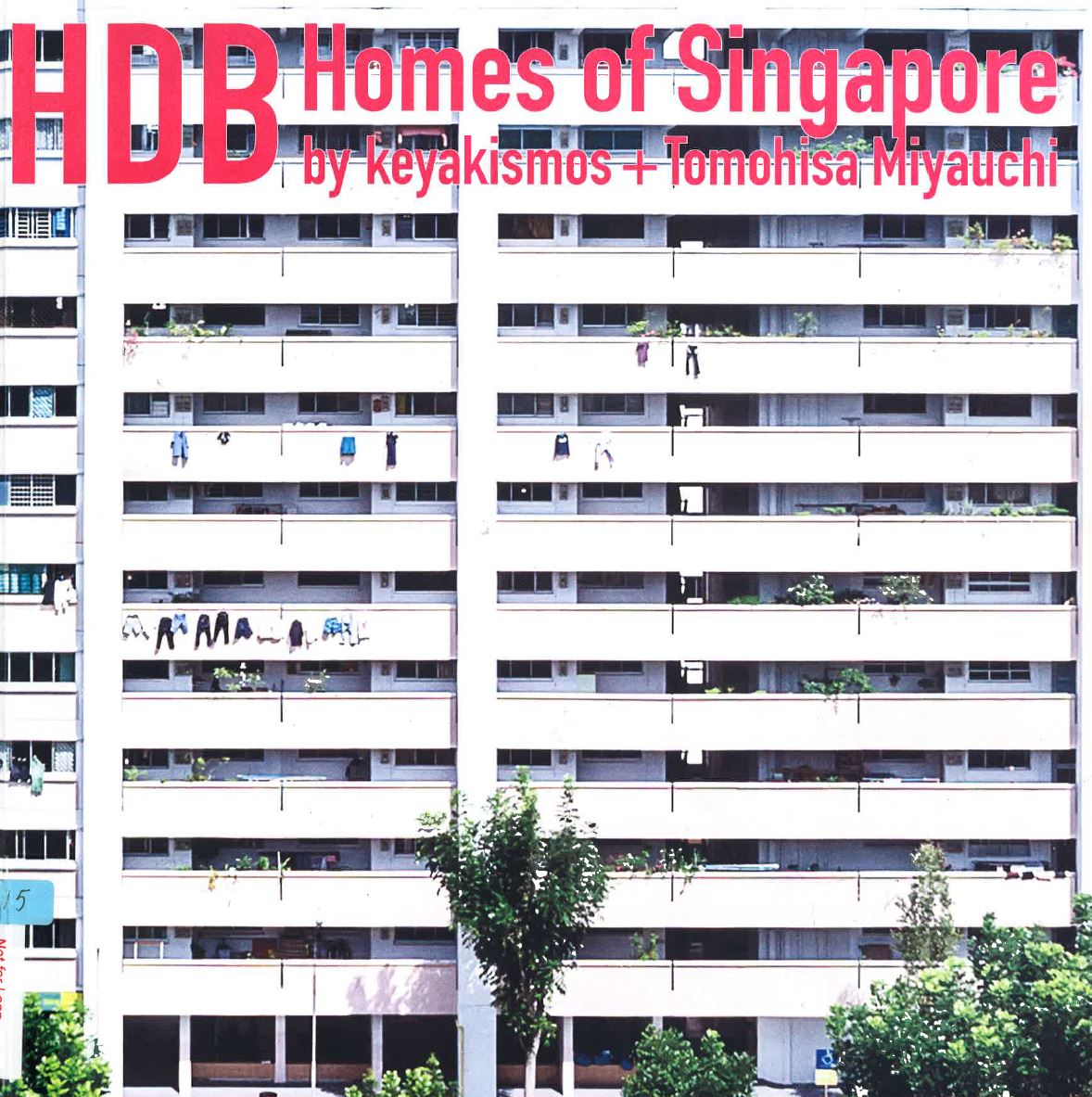 |
Miyauchi, Tomohisa, and Keyakismos. HDB Homes of Singapore. Singapore: Keyakismos, 2017. HDB, the acronym for Housing & Development Board, has come to be synonymous with the public housing apartments in Singapore. This volume celebrates the diversity and individuality of these flats by taking the reader into a wide array of homes through photographs and interviews. |
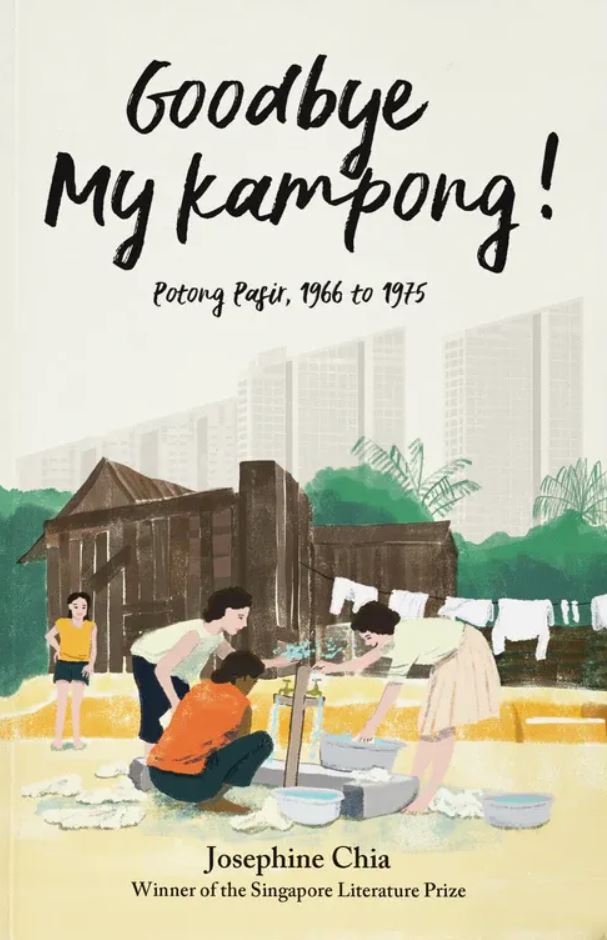 |
Chia, Josephine. Goodbye My Kampong. Singapore: Ethos Books, 2020. A sequel to Chia’s 2014 title, Kampong Spirit – Gotong Royong: Life in Potong Pasir, 1955 to 1965, this book charts the largest mass movement in Singapore with the phasing out of attap-thatched villages. With the collection of non-fiction stories set against significant national events, this volume gives us a glimpse of an important period of transition in Singapore’s urban history. |
Back to top
BiblioAsia articles
-
Spicy Nation: From India to Singapore: From fish head curry to rojak, Indian food in Singapore has evolved over time, drawing influences from various local cultures, and finding its place in the hearts of Singaporeans. Senior Librarian Malarvele Ilangovan explores this development in more detail.
-
Malay-Muslim Weddings: Keeping Up with the Times: Customs and traditions change over time. Librarian Asrina Tanuri and Manager Nadya Suradi trace how Malay-Muslim weddings in Singapore have evolved since the 1950s.
-
Meeting with the Sea: Author Melissa De Silva mulls over what it means to be Eurasian in this evocative short story that takes her back to the Portuguese Settlement in Malacca.
-
Multi-ethnic Enclaves around Middle Road: An Examination of Early Urban Settlement in Singapore: Researcher Lai Chee Kien focuses on two ethnic groups, namely the Hainanese community and the Japanese community, that settled near Middle Road in Singapore. He examines the history of these communities and how the uses of buildings in the area differed from other parts of town to suit their needs.
-
Give Me Shelter: The Five-footway Story: The five-footway – the equivalent of the modern-day pavement or sidewalk – was a hotly contested space in colonial Singapore. Researcher Fiona Lim relives its colourful history.
Back to top
Infopedia articles
Communities in Singapore and Southeast Asia
-
The Baweanese (Boyanese)
Communities and their homes
-
Queenstown (the first satellite town in Singapore)
Communities and their way of life
-
Cathay Keris Studio (a key producer of Malay films in the 1950s and 1960s)
Back to top
Spotlight: Oral History Interviews
There is no better way of learning about a community than hearing directly from them. NAS has collected the stories of various communities over the years with oral history interview projects. Here is a selection of stories from the collection:
- A Eurasian’s thoughts about the Eurasian enclaves in Serangoon and Katong
- A performer reminiscing her days of singing traditional songs in the Minangkabau language
- Activities in the Chinese clan association Kong Chow Wui Koon (冈州会馆), including the Lion and Dragon Dance Troupe
- The daily life of a migrant worker from Thailand
- The experience of an American who decided to relocate to Singapore
More interviews are available online, including oral history interview projects covering a wide spectrum of topics and communities.
Back to top
Spotlight: National Online Repository of the Arts (NORA)
The performing arts of Singapore have been enriched by the diversity of the communities who continue to preserve and tell their stories. NL has worked with some of these groups to digitise and make available their arts heritage materials on NORA, a database of digitised works in the literary, performing and visual arts by Singapore artists and arts groups. Many of these works were previously unpublished, out-of-print or inaccessible to the masses. Among other materials, this collection includes:
- Traditional Arts
- Digital Archive of Singapore Malay Theatre
- Digital Archive of Singapore Tamil Theatre
- Digital Archive of Singapore Tamil Music
- Digital Archive of Singapore Tamil Dance
Back to top
Spotlight: Government Records
Food has endured as a cherished part of community living throughout Singapore’s history, and the places where we buy and consume food have seen many changes, from the street vendors of the past to the hawker centres and food courts today. For the aficionado of hawker food and culture, NAS’ government records1 is a collection to lose oneself in. For example, you can find out whether itinerant hawkers were allowed to sell laksa along the streets between 1973 and 1983, how many ice-cream stalls there were in the late 1970s, and how the hawker community made suggestions for the management of hawker licenses.
Back to top
Spotlight: Singapore Literary Arts Collection
Migrant communities form an important part of societies around the world today. Their experiences of working and living in a foreign country are sometimes expressed through creative outlets, such as poetry. In this section, we feature NL’s literary arts collection, highlighting a selection of poetry from the migrant communities of Singapore. Through the medium of creative writing, space is created for us to ponder the meanings of “migrant,” “local” and what it means to be part of a community.
| Book | Description |
|---|---|
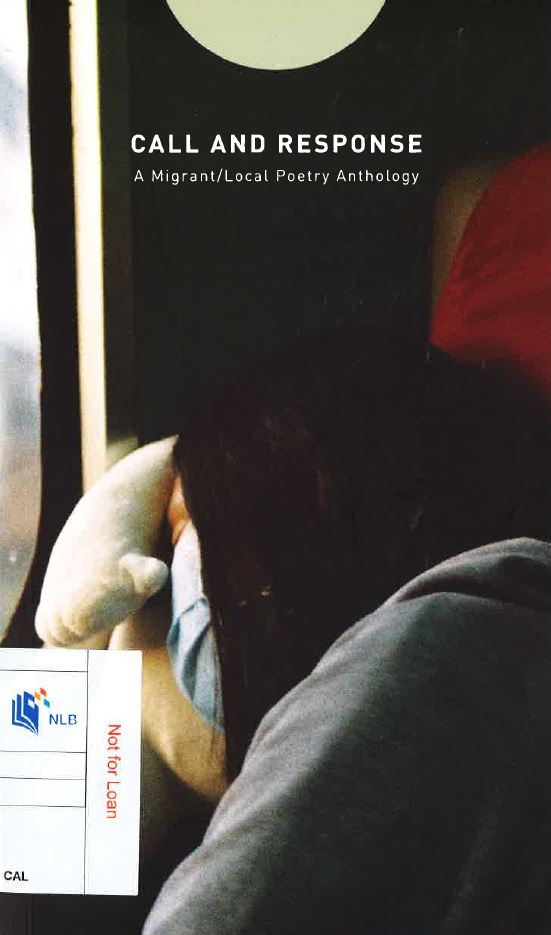 |
Ip, Joshua, Rolinda Onates Espanola, and Zakir Hosain Khokan, eds. Call and Response: a Migrant/Local Poetry Anthology. Singapore: Math Paper Press, 2018. In this anthology, more than 30 “migrant” poets are paired with local poets, generating conversations on the shared human experiences of distance, love, and emotions such as disappointment and hurt. |
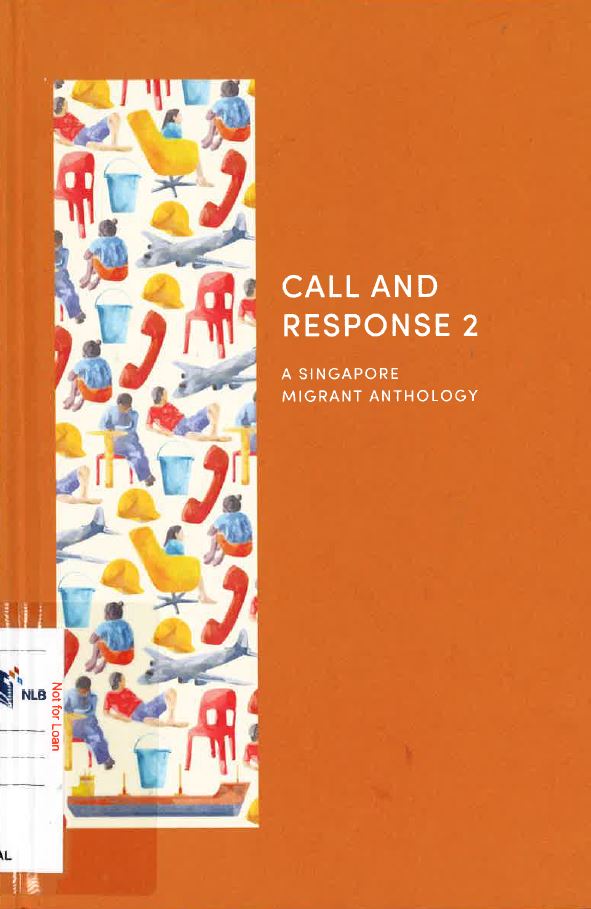 |
Zakir Hossain Khokan, Bhing Navato, Poh Yong Han, and Joshua Ip, eds. Call and Response 2, a Singapore Migrant Anthology. Singapore: Math Paper Press, 2021. This sequel anthology continues the tradition of pairing “migrant” and local writers, where they write and respond to each other with stories and poems of their dreams, desires and innermost reflections. |
 |
Lim, Vanessa, ed. Songs from a Distance: Selected Poems from the 2015 and 2016 Migrant Worker Poetry Competition. Singapore: Potato Productions Pte. Ltd., 2005. The poems in this collection were shortlisted from the 2015 and 2016 Migrant Worker Poetry Competition, which was first held in Singapore in 2014 and in Malaysia in 2015. Giving voice to the migrant worker communities, this book also celebrates their literary talent and the linguistic diversity of the submissions. |
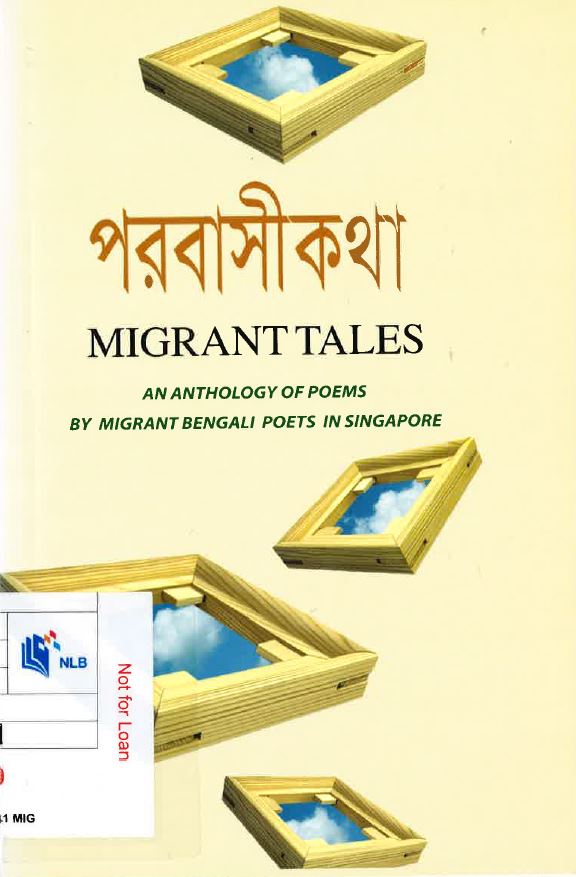 |
Zakir Hossain Khokan, and Monir Ahmod, eds. Migrant Tales: An Anthology of Poems by Migrant Bengali Poets in Singapore. Dhaka: Babui Prokashoni, 2007. Featuring 25 poems from 18 migrant Bengali poets who came to work in Singapore, the volume speaks of longing, loneliness and the experiences of those missing their homes. |
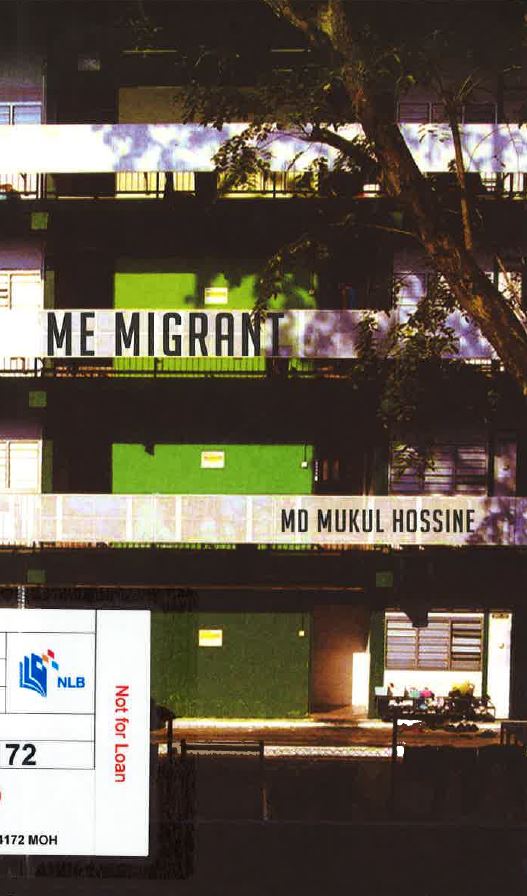 |
Md Mukul Hossine. Me Migrant. Singapore: Ethos Books, 2016. Me Migrant features the poems of Md Mukul Hossine, who came to work in Singapore from his home country Bangladesh. This collection represents the voice of hope and inclusiveness, of longing and dreaming, of service and heart. Born of the friendship between volunteers of community clinic HealthServe and foreign construction workers, this book also features writings from Dr Tan Lai Yong, a volunteer medical doctor at Healthserve and his team of medical students from National University of Singapore. Also available as an ebook. |
Back to top
This Resource Guide was compiled by Luke Chua, a Senior Librarian at the National Library, Singapore. The information in this guide is valid as of March 2023 and correct as far as we can ascertain from our sources. This list is not intended to be exhaustive or comprehensive. Please contact us at for more reading material on the topics.
-
In NAS’ collection of government records, documents of national significance are preserved. Items in this collection were created or received by Government departments and institutions including statutory boards and organs of state. In addition to providing insights into past policies and programmes, this collection also promotes a deeper understanding and appreciation of Singapore’s history and how it has developed over the years. ↩

